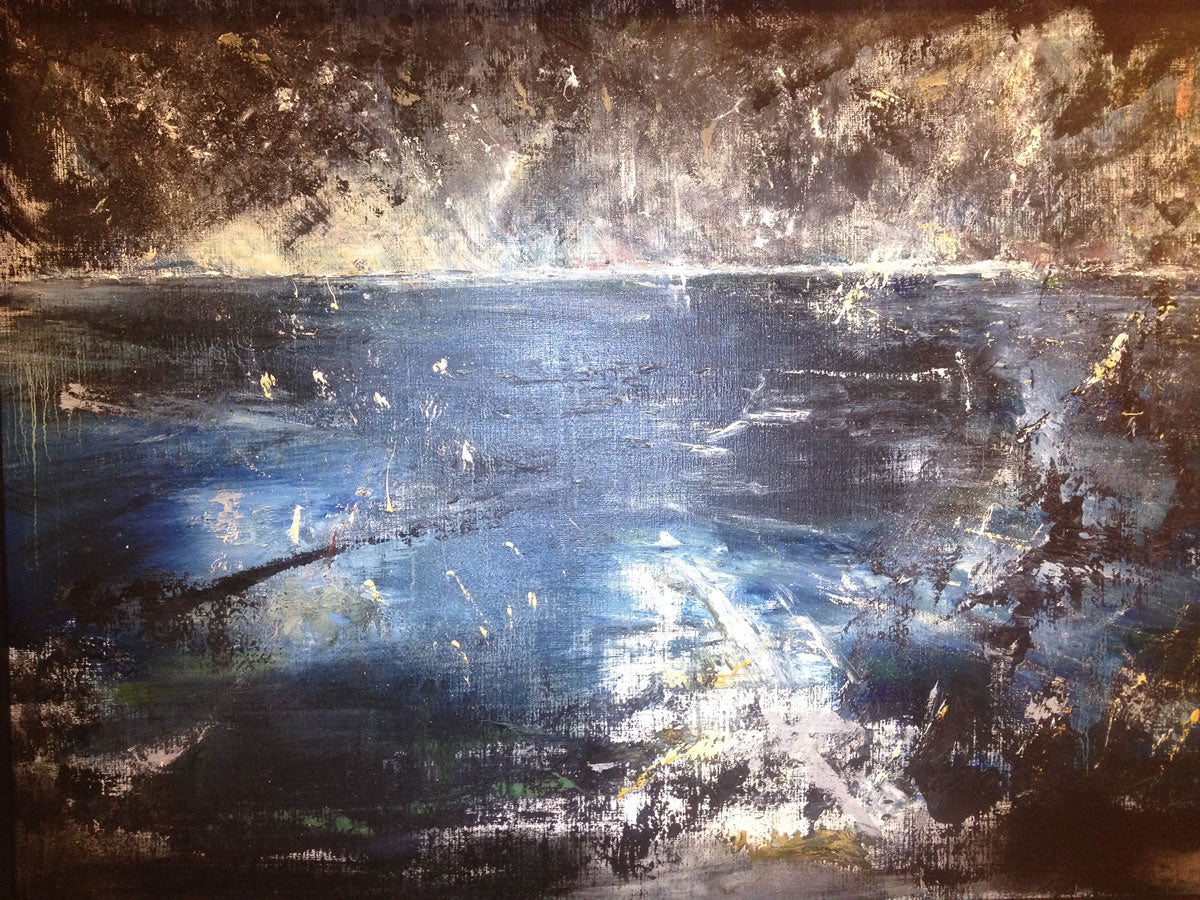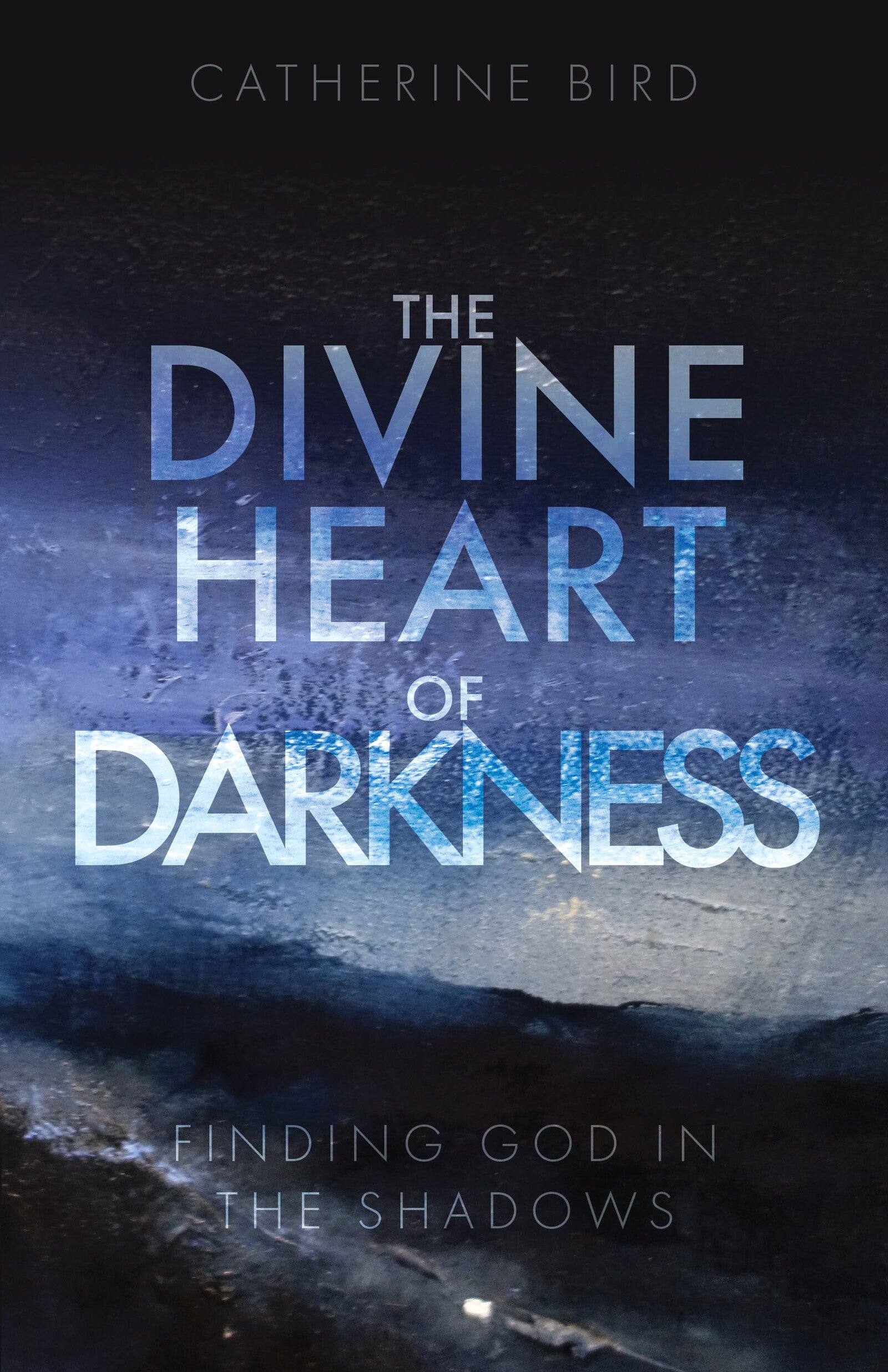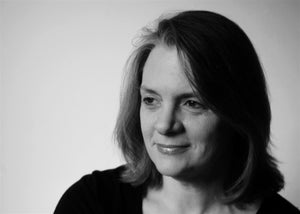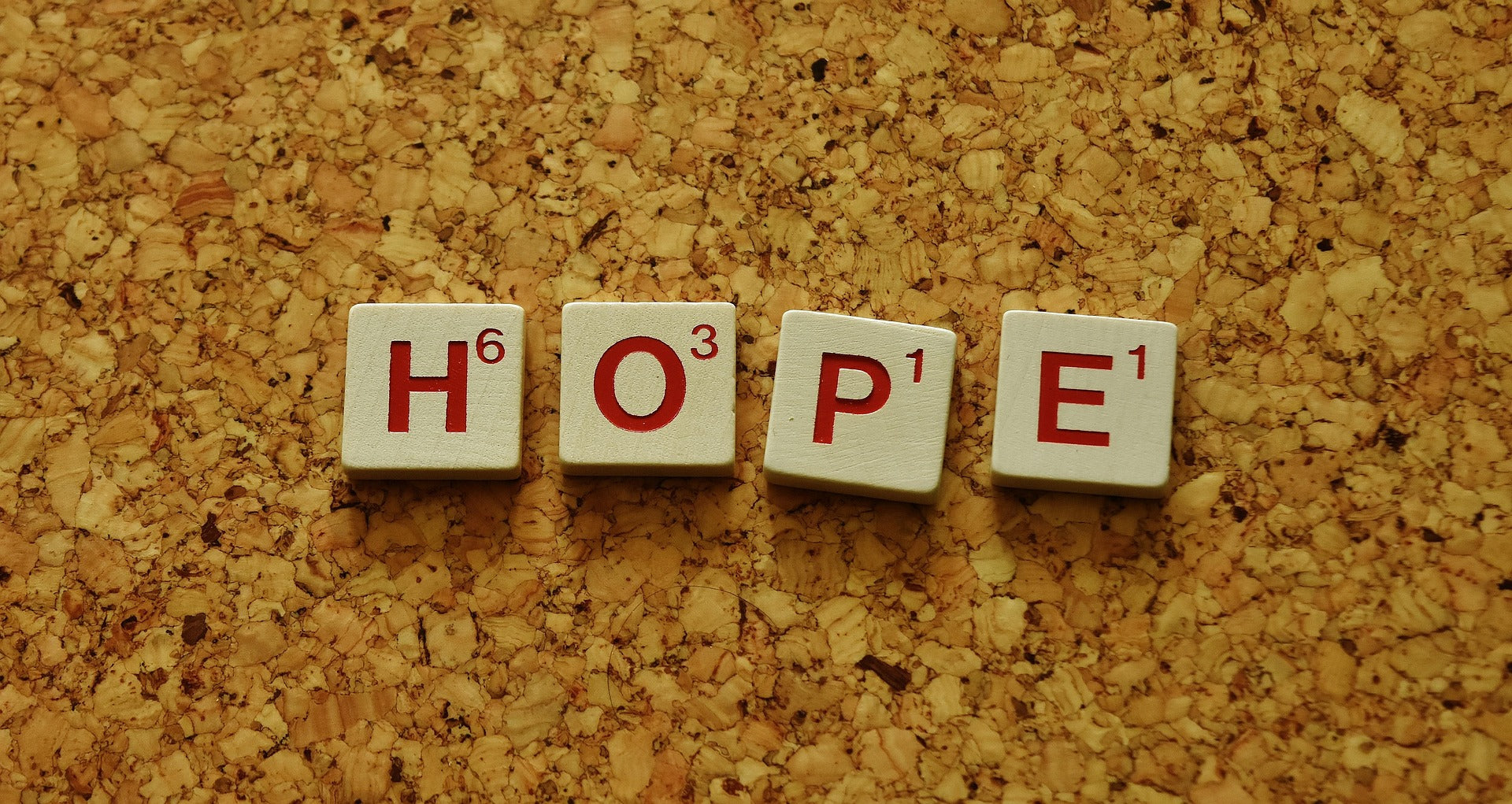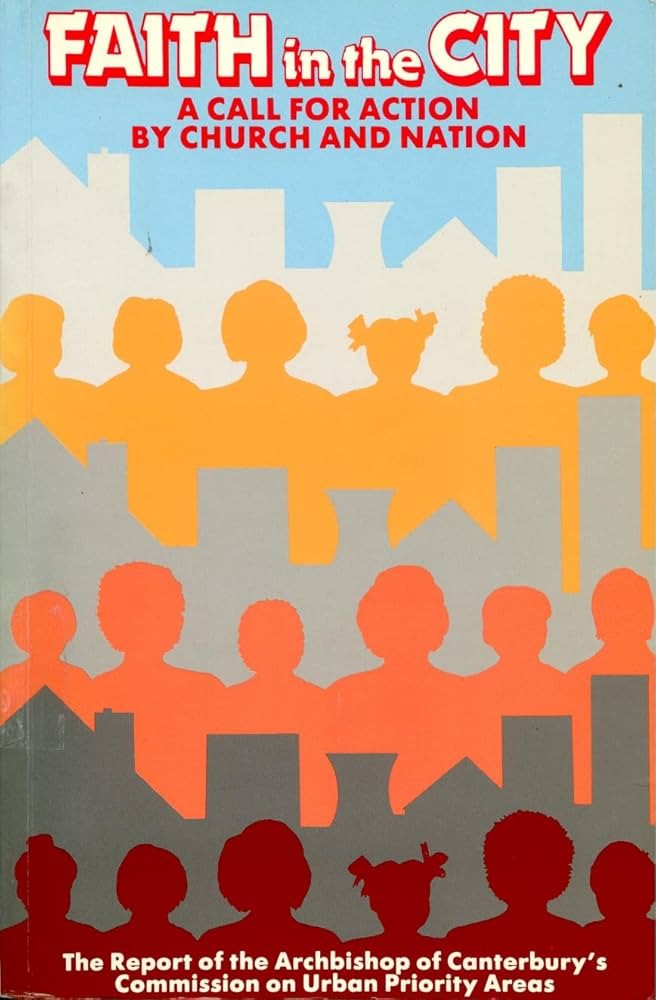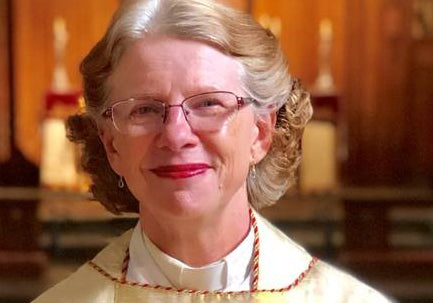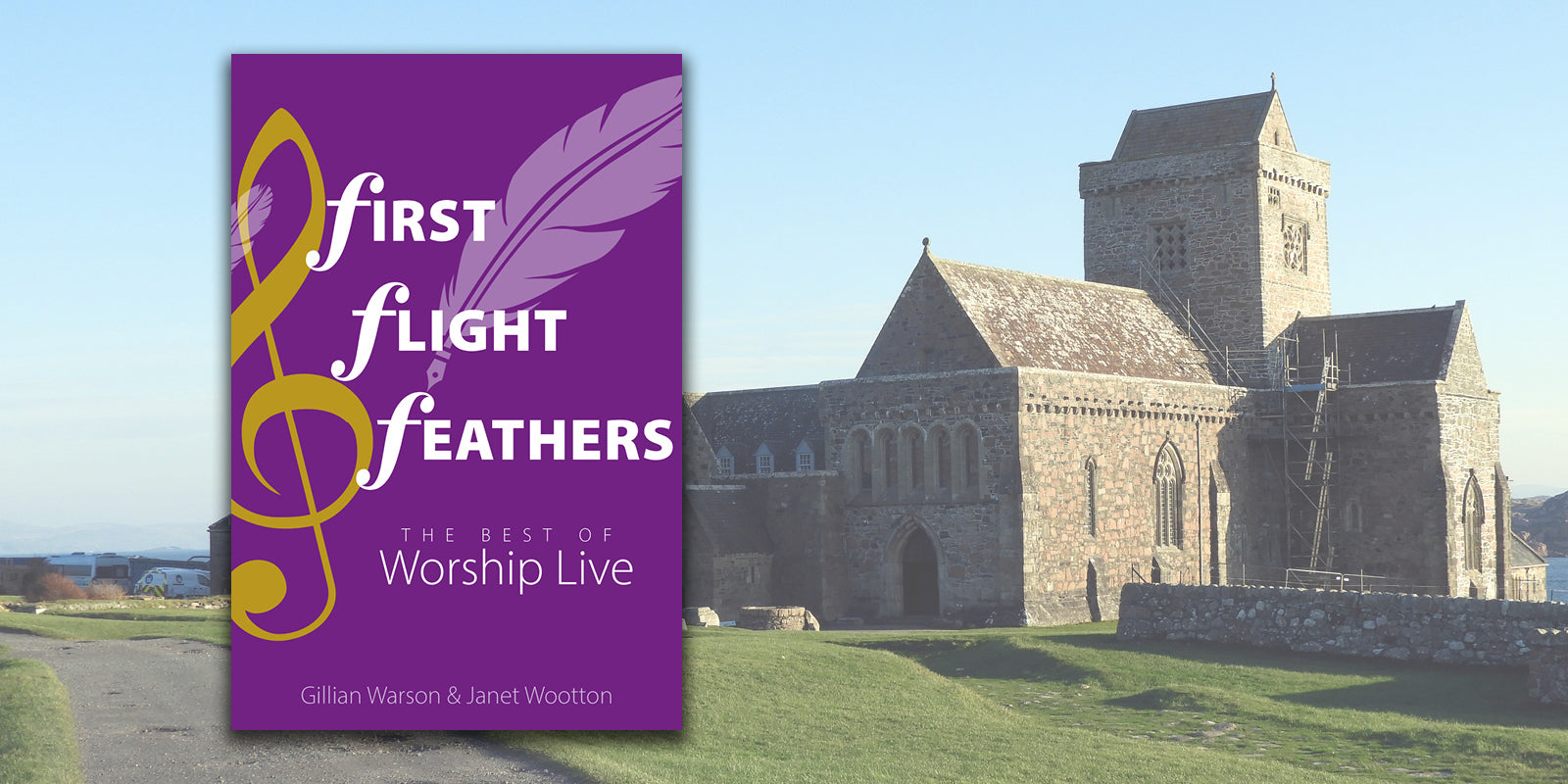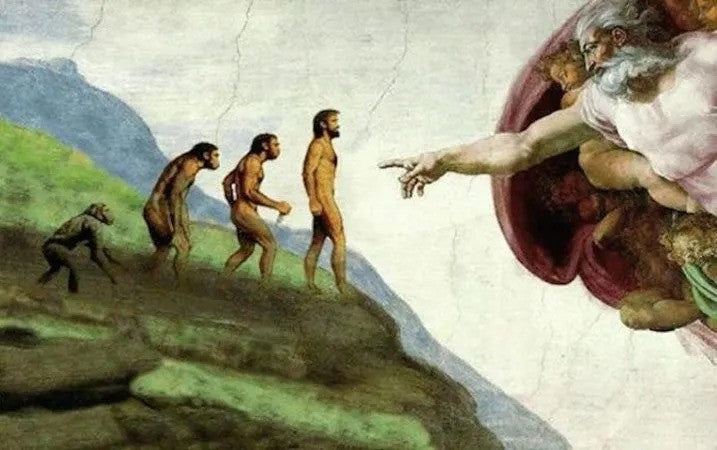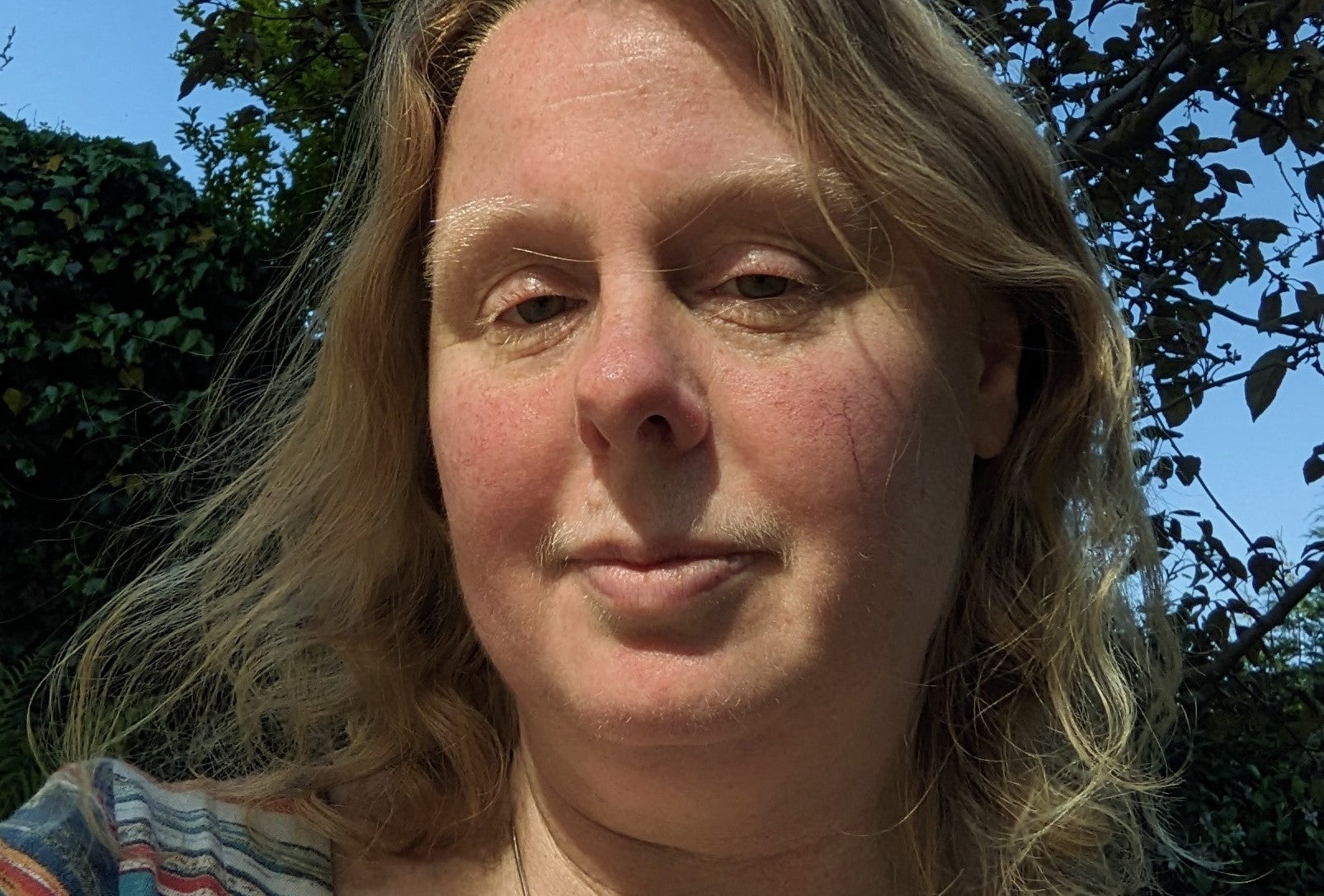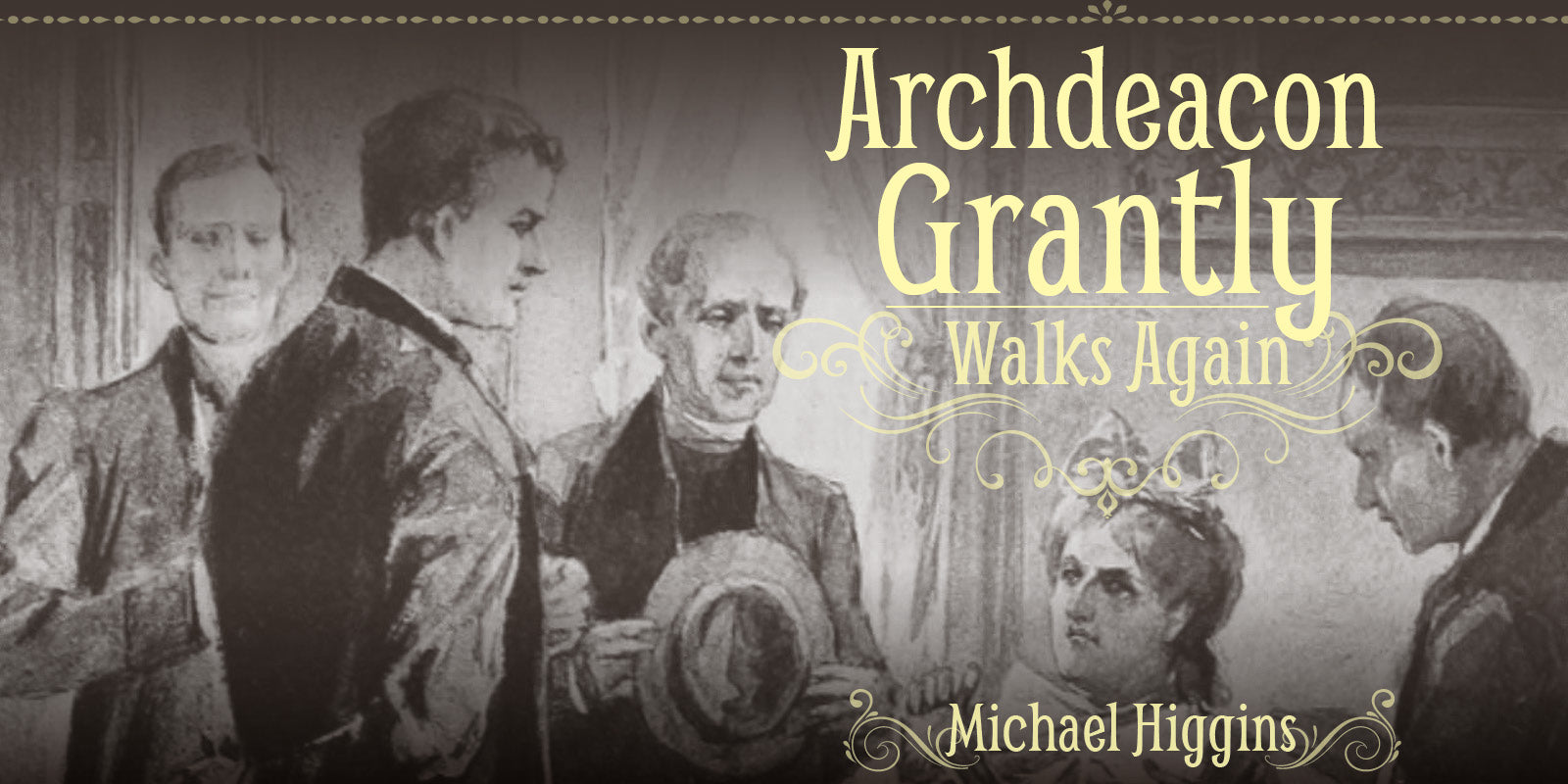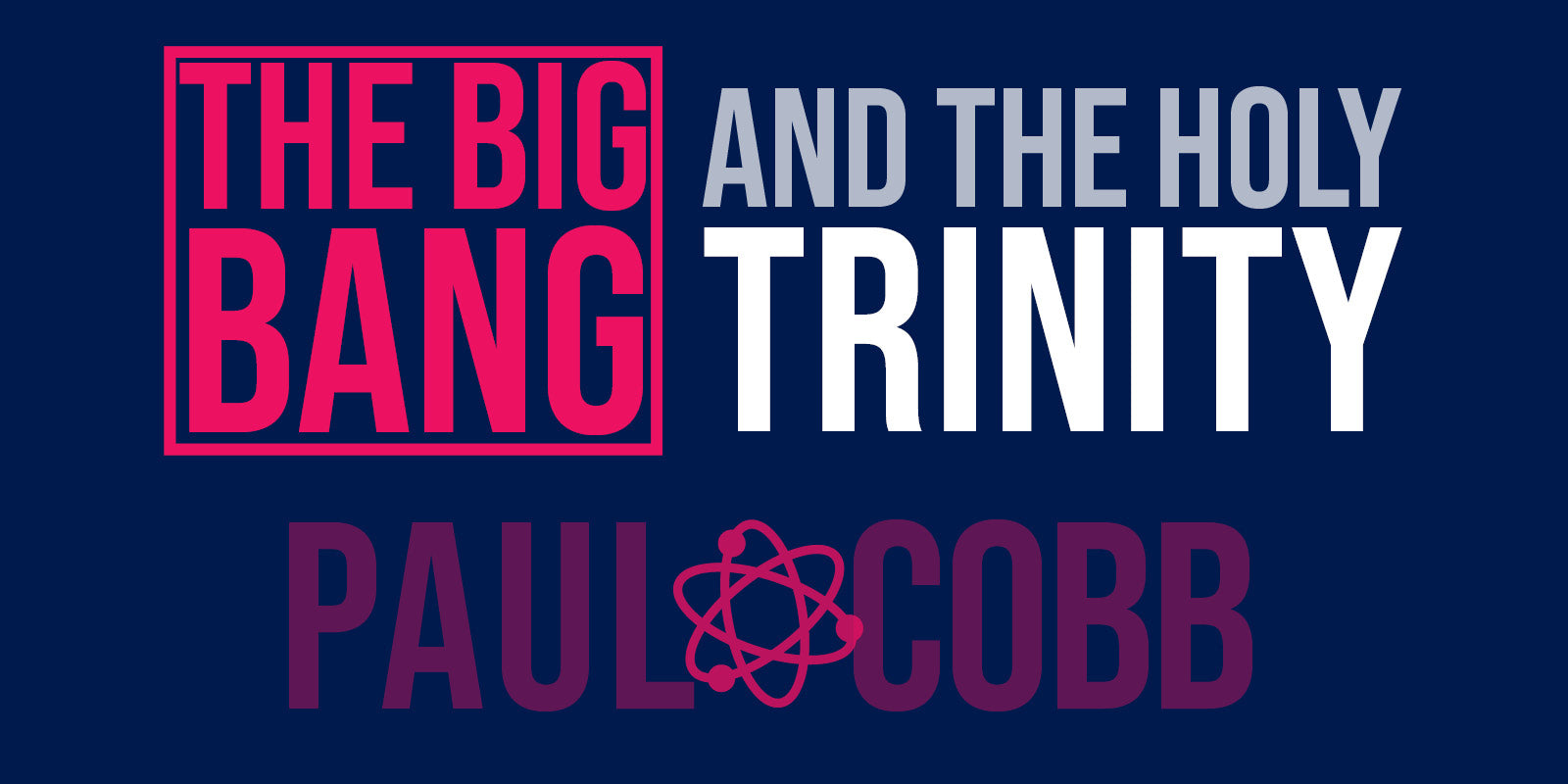
Image: Arktisk Reise (Arctic Travel) by Bjørn Strandenes
It was nearly 4 years ago that I first ventured to what felt like the top of the world. Longyearbyen in Svalbard is the most northerly inhabited town in the world. To visit in January plunges the visitor into a perpetual darkness, such is the intensity of the Polar Night which lasts from November to March each year. This was where I started to realise that I had a book in me after all. Each one of us does of course, yet it is not always easy to discover it, hidden beneath the complex and intertwined layers of daily life, personality and opportunity. So, to write about the joys of darkness, its aesthetic pleasures and restorative qualities has been both an adventure and a privilege. I have not only travelled to the high Arctic, I have been guided from one dimension of darkness to another, encountering aspects of the theme that at the start could never have been anticipated.
Returning from that other worldly place, to the rhythms of night and day that my body was more accustomed to, my heart and mind were already set on a course which would lead to writing The Divine Heart of Darkness. Since then the book has emerged from the depths of that place in which sparks of creativity reside, just waiting to be ignited.
I brought back with me the sense of a metaphor that needed to be deconstructed, disturbed, transformed. We know darkness is dangerous don’t we? Indeed, surely its very raison d’etre is to leave us timid and weakened? This is a lesson of life, something to go unquestioned and unchallenged. Yet, somewhere in all that, I could not ignore the still small voice crying “Don’t be Afraid of the Dark”. I also brought back with me an image; a photograph of a painting which hangs in the University Centre in Longyearbyen. This painting captured my heart. Whilst continuing to write, it served as the screen saver on my lap top, a constant compass point, navigating my imagination northwards whenever my attention drifted. It captures the intensity of the multi-faceted darkness of the Polar landscape, so the artist, Bjorn Strandenes, was the obvious choice to provide the cover for the book.
The people of Svalbard live gently with the darkness and rest within it. Life would grind to a halt if they were afraid of the dark. As we approach Advent, we will be bombarded with the idea of Christ the light of the world. We are urged to think of all that is wrong with human existence and equate it with the darkness which Christ, we are told, has come to overthrow. As the clocks go back and we enter into a season of dark afternoons and short daylight hours the overwhelming popular narrative is one of negativity. Yet, at least in Europe, it is in the darkness of this season that God gradually and finally reveals himself.
It is described like this in part of my Svalbard travel journal which offers a framework for the book…
The Christ child is still in the crib in the chapel of “Totus Tuus”, the Carmelite convent where I am staying en route to Svalbard. Until the festival of Candlemas he waits, apparently held in perpetual night time (for we never imagine that scene during the day), testified to by the constant presence and illumination of the star above. Perhaps his sharing of the Polar darkness is a reminder of his presence at this time of year, when the more obvious and common symbols based on light and new life are absent. The Saviour of the world, grounded in the night time of our childhood fantasies, is at home here, for this is not a time without purpose or meaning. Like the verdant growth held at bay beneath the frozen Arctic Tundra, the child and his parents wait for a sign to come forth, using the time of shelter and gloom to prepare, to come to terms, to plan, to wonder and to grow. In such a vision, we no longer see the child as the proverbial light of hope shining in the dismal darkness of the manger, rather it is in the darkness of the stable that we see the child at his most fully human, at his most fragile and vulnerable, and potential filled. At this point he can, like any child, become anyone or anything.
There, obscured within the chintzy fabric of our spirituality is this divine heart. A darkness that is not just of God but a darkness that is God.
The Divine Heart of Darkness is available now for worldwide delivery in paperback or e-book. It will be was launched on Monday 11 December 2017 at Church House Bookshop, Westminster. Watch the launch video!
